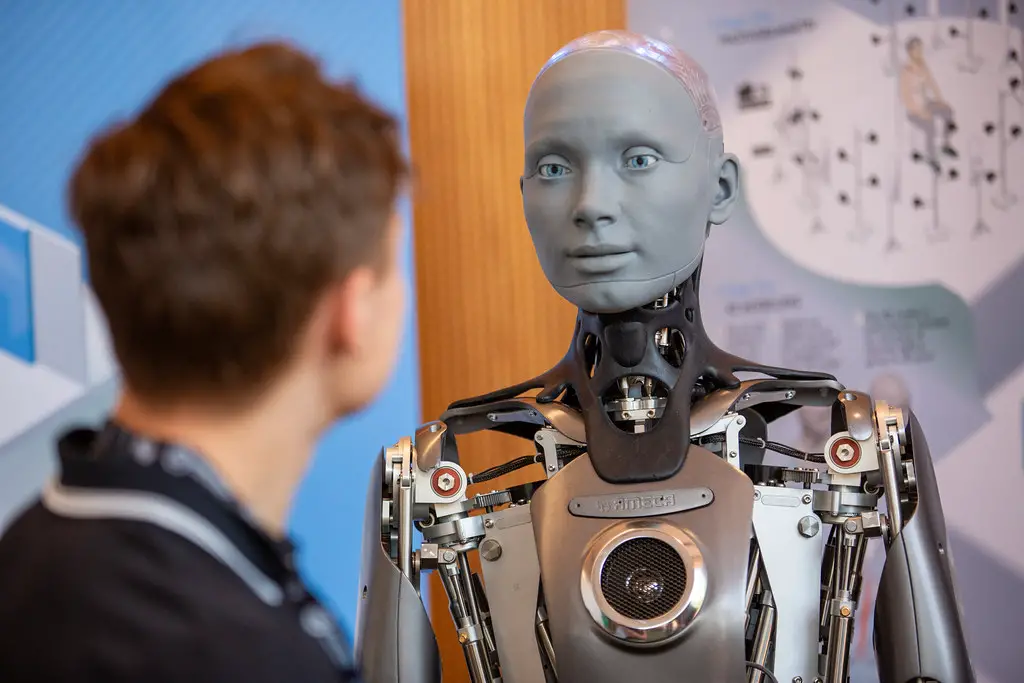Artificial Intelligence (AI) has become a rapidly growing field in recent years, and Machine Learning (ML) is a crucial component of this field. Machine Learning algorithms and techniques are responsible for allowing computers to learn from data and make predictions or decisions without being explicitly programmed. In this article, we will explore the different types of machine learning algorithms and techniques and how they are used in the development of AI systems.
Types of Machine Learning Algorithms:
1. Supervised Learning: Supervised learning algorithms are trained on labeled data, where the desired output is known. In this type of learning, the algorithm learns to predict the output based on the input data. The algorithm is trained on a labeled data set and then tested on a separate set of data to evaluate its performance. Supervised learning is used in a variety of applications such as image classification, speech recognition, and natural language processing. Common algorithms in this category include linear regression, logistic regression, and decision trees.
2. Unsupervised Learning: Unsupervised learning algorithms are trained on unlabeled data, where the desired output is not known. These algorithms are used to find patterns or structure in the data, such as clustering similar data points together. Common algorithms in this category include k-means clustering, principal component analysis (PCA), and autoencoders.
3. Semi-Supervised Learning: Semi-Supervised learning is a combination of supervised and unsupervised learning. In this type of learning, the algorithm is trained on a limited labeled data set and a larger unlabeled data set. The goal of semi-supervised learning is to make use of the available unlabeled data to improve the performance of the algorithm.
4. Reinforcement Learning: Reinforcement learning algorithms learn from experience, by performing actions in an environment and receiving rewards or penalties based on the outcomes. The algorithm learns to make decisions based on the rewards it receives, in order to maximize its rewards over time. Reinforcement learning is used in applications such as game playing, robotics, and autonomous vehicles.
Machine Learning Techniques:
1. Linear Regression: Linear regression is a supervised learning algorithm used for predicting continuous outcomes. It assumes a linear relationship between the input variables and the output variable and tries to fit a line to the data. This line represents the prediction model, and it can be used to make predictions for new data points.
2. Logistic Regression: Logistic regression is a supervised learning algorithm used for binary classification, where the outcome is either yes or no. It models the relationship between the input variables and the probability of the binary outcome. The algorithm outputs a probability score, which can be thresholded to make predictions.
3. Decision Trees: Decision trees are a type of supervised learning algorithm used for both regression and classification problems. The algorithm builds a tree-like model that represents the decisions and rules used to predict the outcome. The tree can be used to make predictions for new data points by following the path of decisions and rules in the tree.
4. K-Means Clustering: K-means clustering is an unsupervised learning algorithm used for clustering similar data points together. The algorithm partitions the data into K clusters, where K is a user-defined parameter. The algorithm iteratively updates the cluster centers and re-assigns data points to the closest cluster until convergence.
5. Principal Component Analysis (PCA): PCA is a dimensionality reduction technique used to reduce the number of input variables while retaining the most important information. It is used in unsupervised learning to visualize high-dimensional data in two or three dimensions for visualization purposes.
AI Avenue





